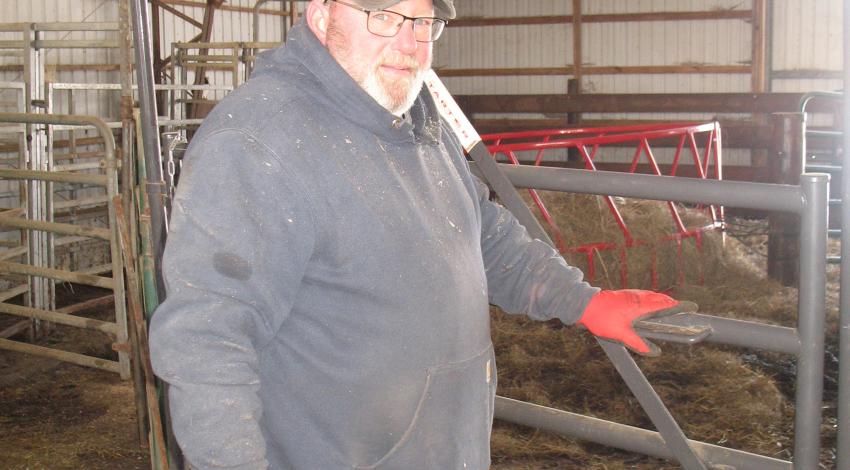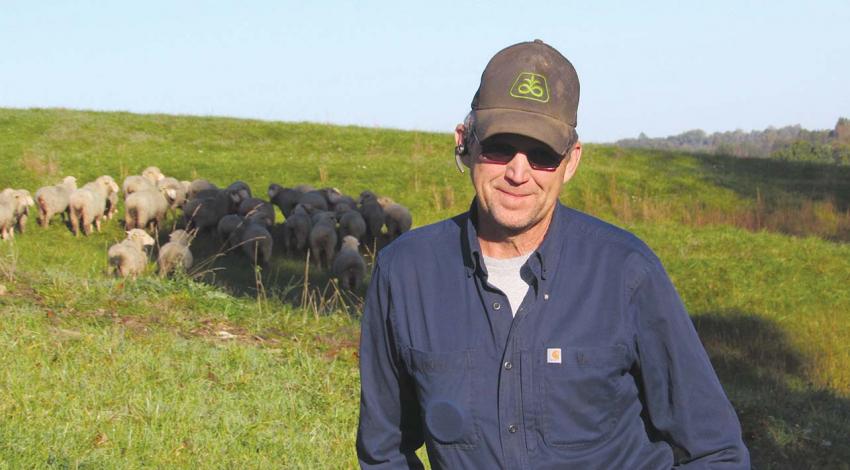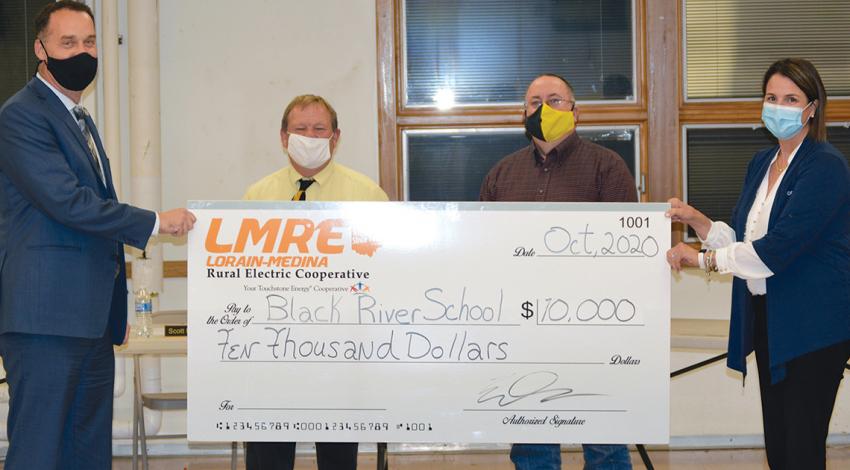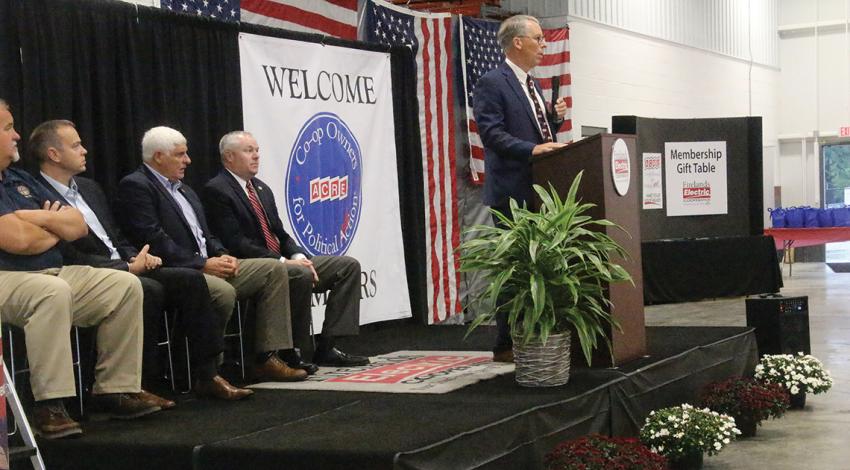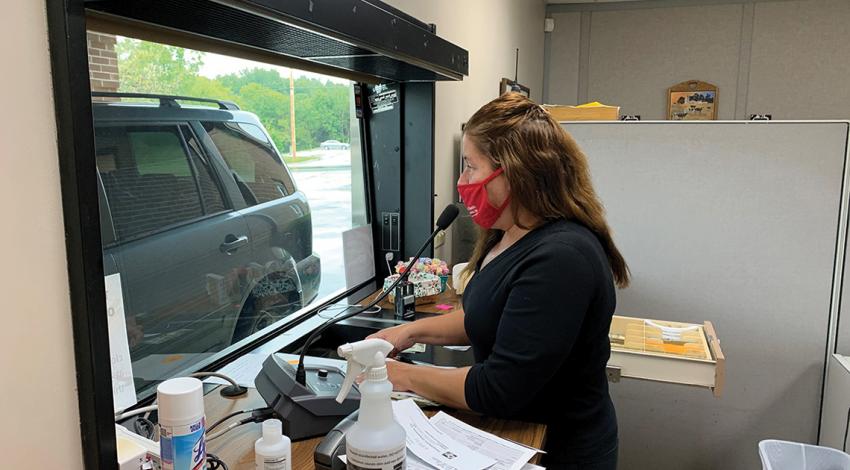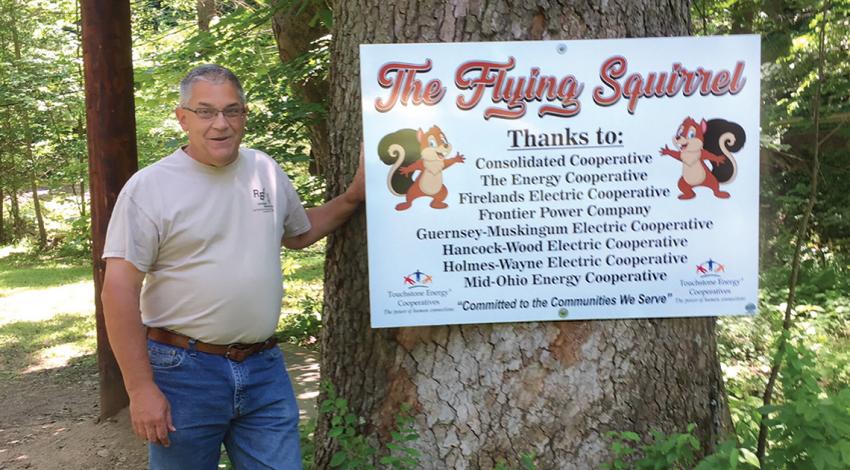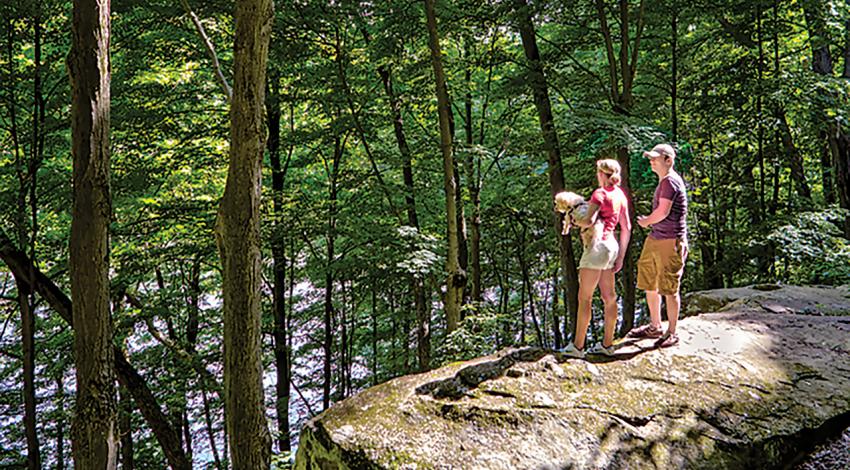Dorothy Montgomery is old enough to remember when the men from “the REA” (in this case, Guernsey-Muskingum Electric Cooperative) started digging holes, by hand, to set electric poles along her country road after the creation of the Ru
Montgomery recalls the excitement that spread among her family and neighbors as more and more signed up to join the co-op to bring electricity to their homes and farms — which had previously been lit by oil lamps or “Aladdin lamps.”
There’s one detail in particular, however, that is still fresh in her mind to this day. “I remember the shock if you stuck your finger in the socket,” she says. She’d been told doing that would hurt — “and it did,” she confirms. “Oil lamps never shocked you.”

